Honda’s Net-Zero CO2 Target Set for 2050
It’s a crazy world out there. We’re getting a resurgence of rotary-powered race bikes courtesy of a Norton ex-racer, Electric travel as a genre has gone way up in popularity (evidenced by the new highly-exclusive Burberry x DAB bike, as well as TikTok’s favorite EV of choice), and Harley-Davidson couldn’t be doing better – at least, that’s what is says on paper after the latest EU Tariff resolution.
Sure, there’s a whole heap of neat stuff happening in today’s motorcycle industry, but all the fluxes have come with a price.
Amidst the shift to EV power, major manufacturers have had to make cuts year after year to comply with increasingly strict EU emission compliances – the end results breeding bikes of another kind of beauty.
Maybe you believe that emission neutrality is a good thing for the industry and that manufacturers need to be tested in new ways to improve their craft; maybe you’re just darn depressed that the roaring dinos of old will soon be quieted to make way for sleeker, softer sounds on the thoroughfare.
Whichever side of the fence you hop to, carbon neutrality is the new now – and manufacturers around the globe are slowly pivoting into their respective Net-Zero CO2 targets to keep their fleets in line with regulations.
Take Honda, for example.
According to Nikkei, Honda is purportedly following in the footsteps of Toyota Motor, who has already asked for short-term compliance of 3% this year from their parts suppliers – only the Japanese public multinational conglomerate manufacturer isn’t just stopping there.
On top of the request for an annual 4% emissions cut from their parts suppliers (vs. 2019 levels), the brand has laid out a ground-breaking long-term target: Net-zero CO2 by 2050.
This is big – the first time that a Japanese manufacturer has made such a promise, in fact – and it’s all due to decarbonization efforts in surrounding countries.
“The European Commission, beginning in July 2024, has proposed requiring companies to report their carbon emissions for the entire processes from manufacturing to disposal. It also announced a draft regulation that sets a cap on carbon emissions, starting in July 2027.”
Naturally, Honda’s entire chain process has had to make adjustments in reaction to this news – and that means a different trajectory for part suppliers as well.
“Honda notified its suppliers in a letter of its plans and aims to start implementing the targets in fiscal 2025, although it said it will welcome any moves to bring forward decarbonization efforts…[with a] request [to] its suppliers to submit a timetable for how they plan to become net-zero emitters by 2050,” states the report.
“The range of carbon dioxide cuts and the base year for calculation will be used as a guideline, and the reduction will be encouraged according to the type of parts produced and the size of the company.”
We’ve also had word that Honda may even help out their suppliers by ‘dispatching engineers and helping with the formulation of timetables.’With 70% to 80% of all parts supplied from outside manufacturers, happy suppliers mean the process will run that much more smoothly – and we’ll be excited to see how our favorite companies adjust in the coming seasons.
We hope you like what you read – drop a comment below and get a conversation started, you know we love to hear from you.
In the meantime, be sure to brush up on what’s happening with upcoming magnesium shortages, as well as the current situation in the semiconductor chip industry – and as always, stay safe on the twisties.

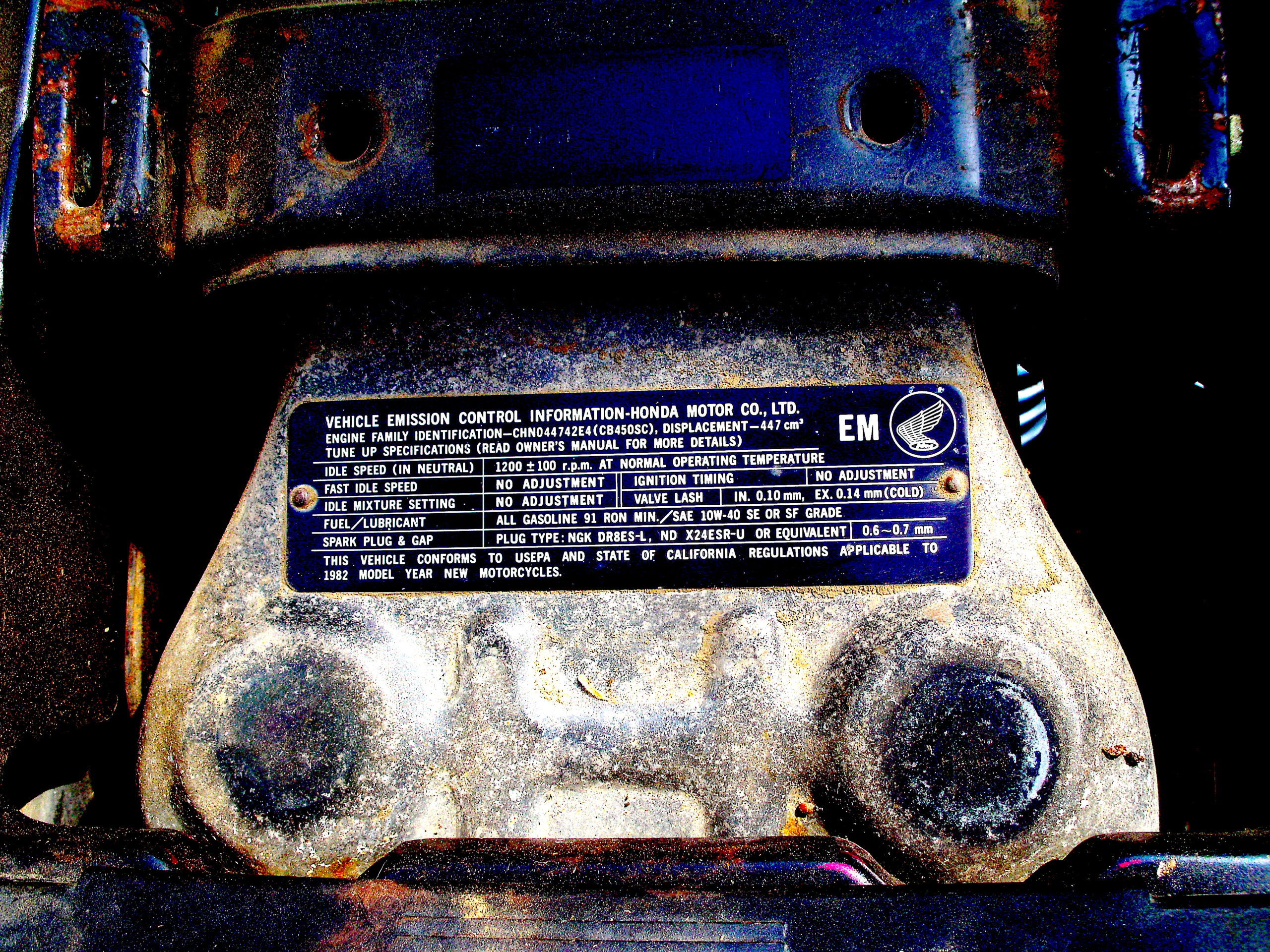

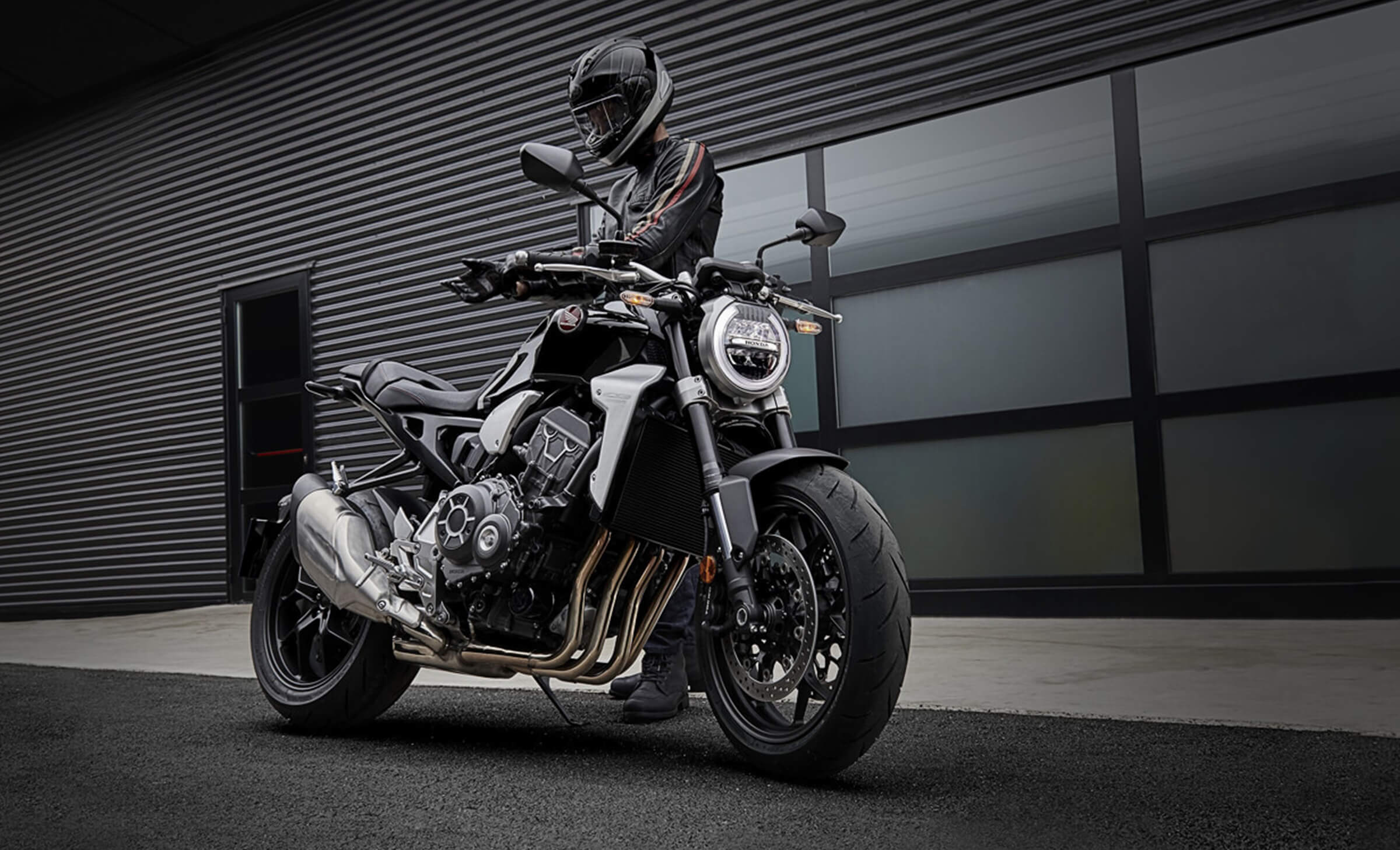
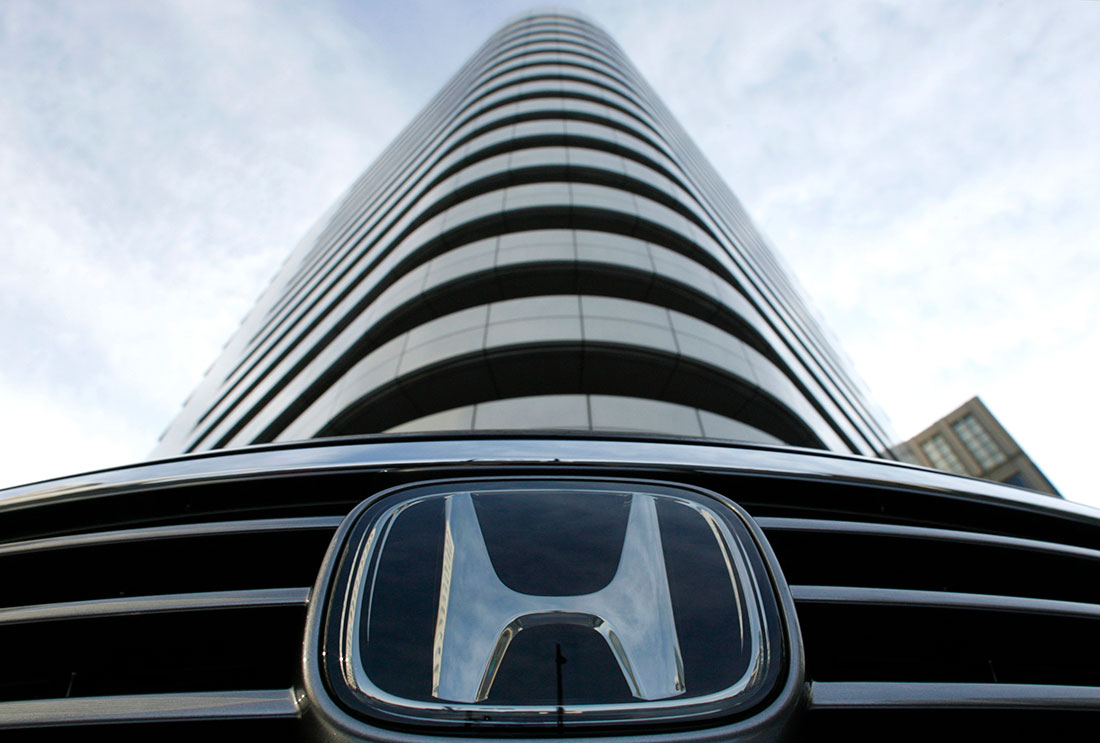
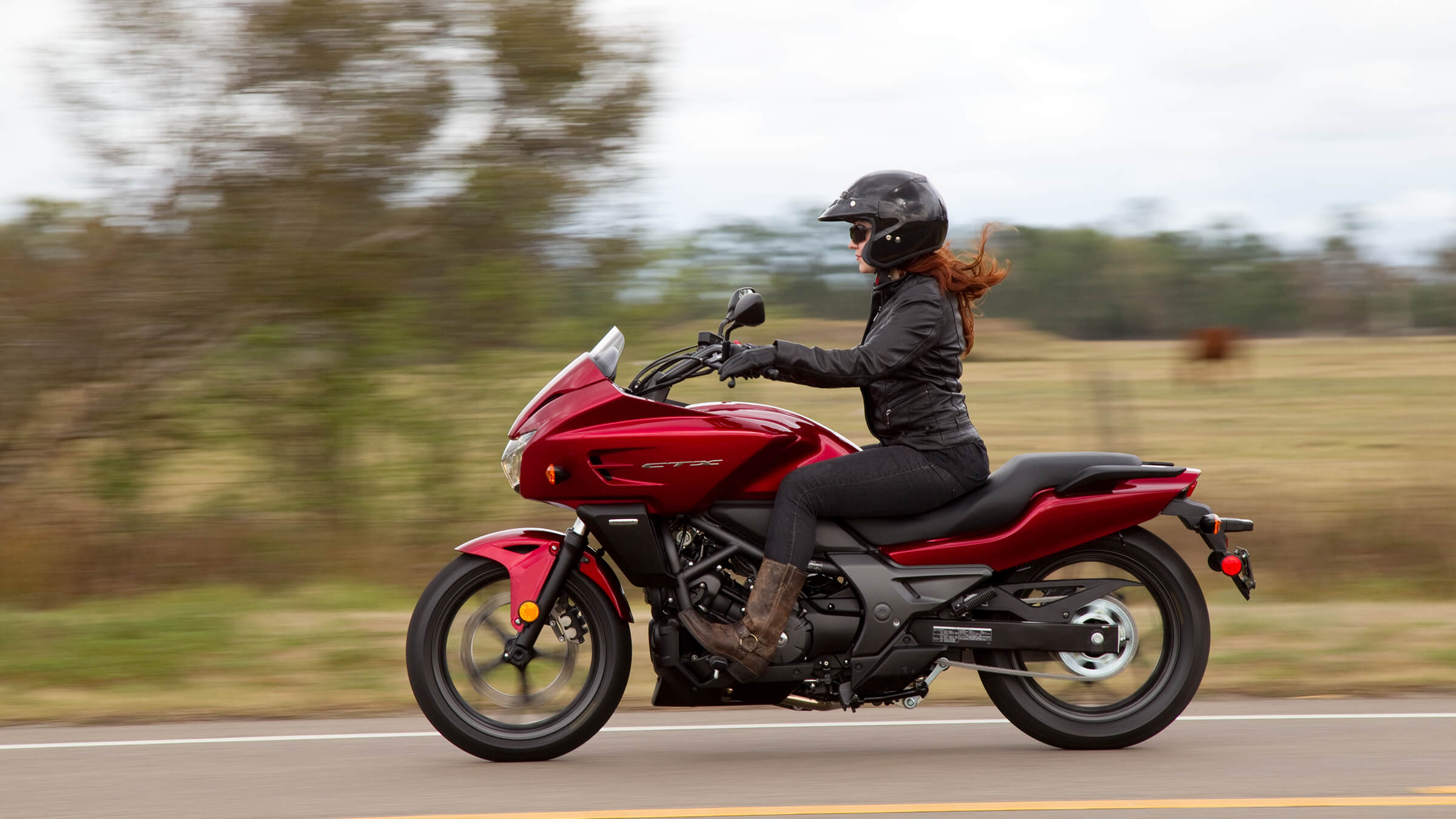
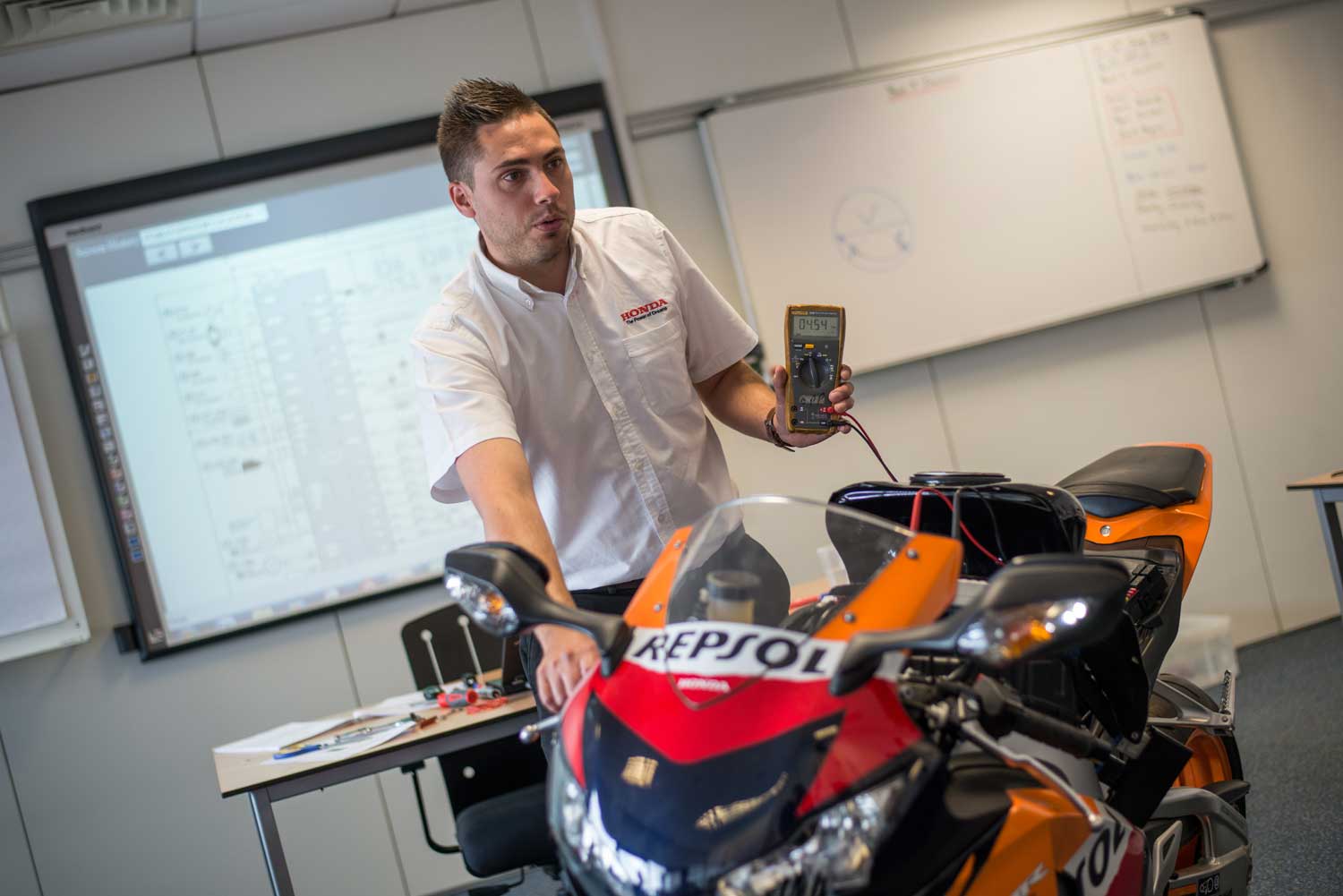
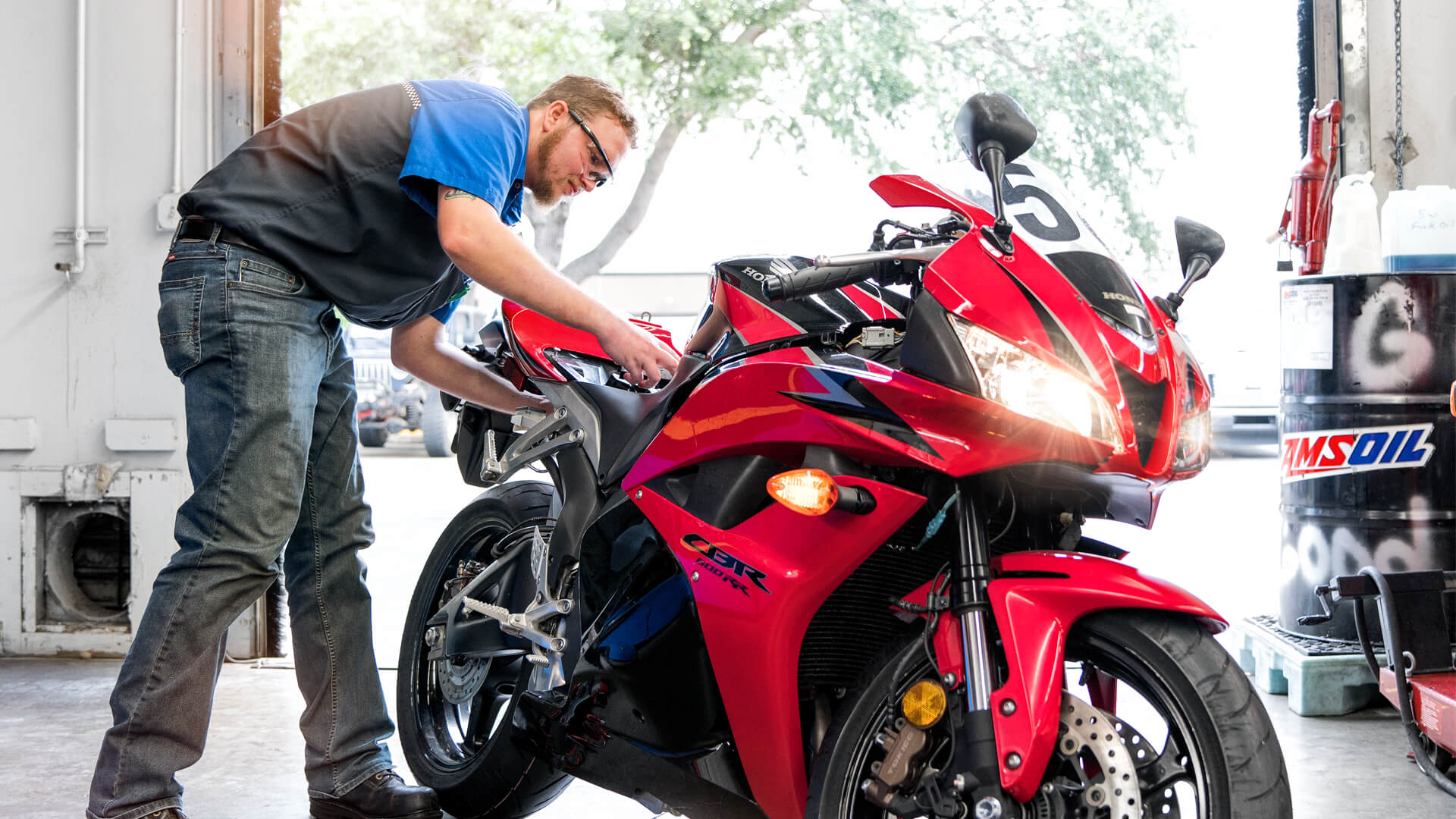
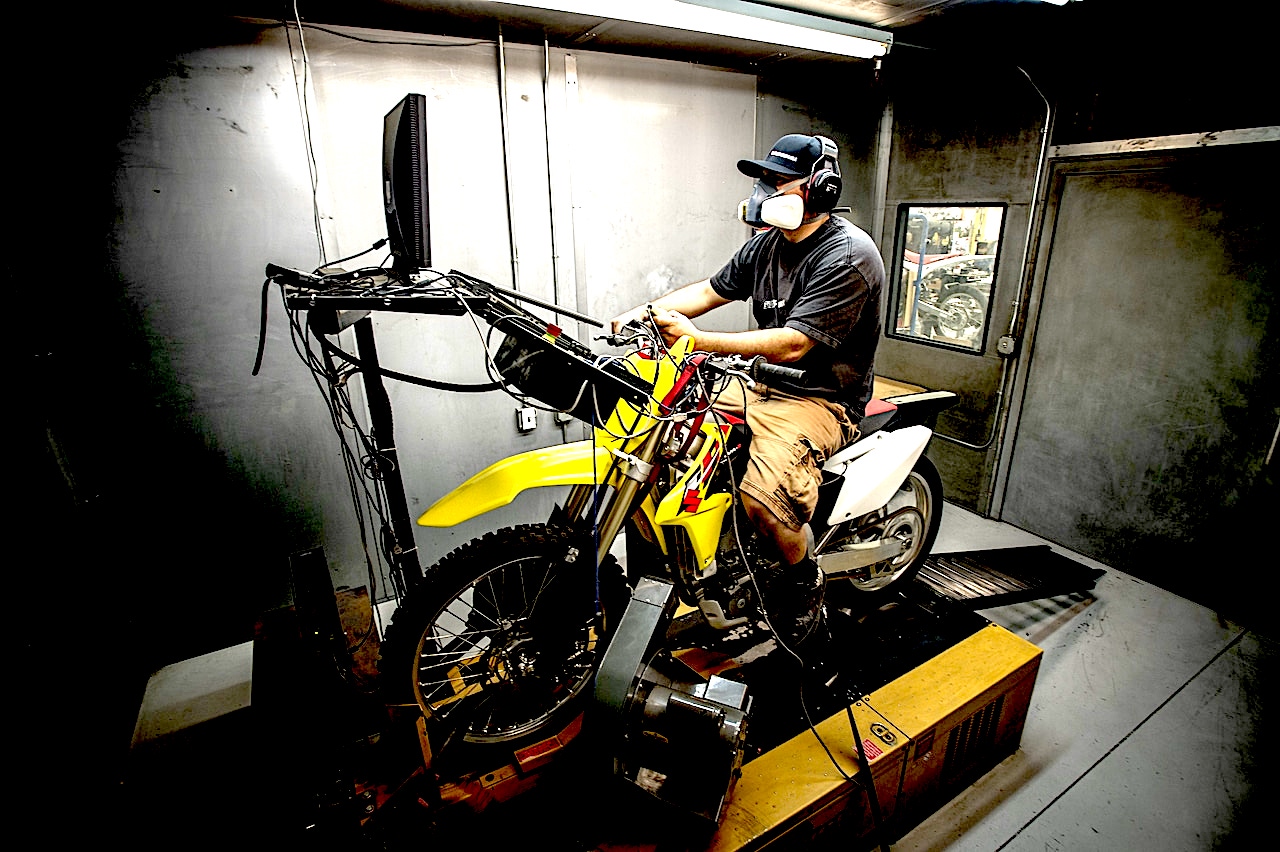


No Comment